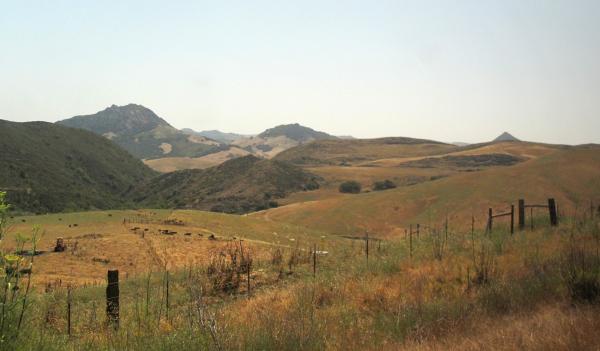According to recent provisional data provided by the California Department of Public Health (CDPH), there has been a 34 percent increase in the number of valley fever - also known as coccidiomycosis - a fungal infection caused by fungus Coccidioides.
From January 1 through October 31, 2017, 5,121 provisional cases of Valley Fever were reported in California. This is an increase of 1,294 provisional cases from the provisional 3,827 cases reported during that same time period in 2016. These cases represent presumed and confirmed cases of infection.
The precise reason for this increase remains unknown, according to CDPH. "With an increase in reported Valley Fever cases, it is important that people living, working, and travelling in California are aware of its symptoms, especially in the southern San Joaquin Valley and the Central Coast, where it is most common," according to CDPH Director and State Public Health Officer Dr. Karen Smith. "In these areas, anyone who develops flu-like symptoms, such as cough, fever, or difficulty breathing, lasting two weeks or more, should ask their health care provider about Valley Fever."
According to the Centers for Disease Control and Prevention (CDC), the fungus lives in the soil of southwestern United States (it is native to the San Joaquin Valley of California) and parts of Mexico and Central and South America. The infection can occur by breathing in fungal spores from the air. Under normal circumstances most people do not get sick and if they do they may not even realize it.
This is an image of Coccidioides immitis containing endospores
Valley fever is usually a self-limiting respiratory tract disease that can last weeks to months. Of the patients with infection, about 30-40 percent will experience mild, flu-like symptoms to pneumonia and in severe cases, meningitis and respiratory failure.
Common symptoms of infection are nonspecific and include fever, cough, chest pain, fatigue, shortness of breath, headache, joint pain, and/or muscle ache. The skin may also be affected in a small number of cases.
People with an increased risk for severe disease include those 60 years or older, pregnant women, and people with diabetes or conditions that weaken their immune system. Additionally, African-Americans and Filipinos are at increased risk for severe disease, but the reason is unknown.
In the dry, arid environment of the San Joaquin Valley, windy conditions, particularly after a heavy rainstorm provide the conditions for increased infections. Treatment is often focused on treating symptoms and dependent on the severity of infection. Some individuals may require antifungal therapy.




